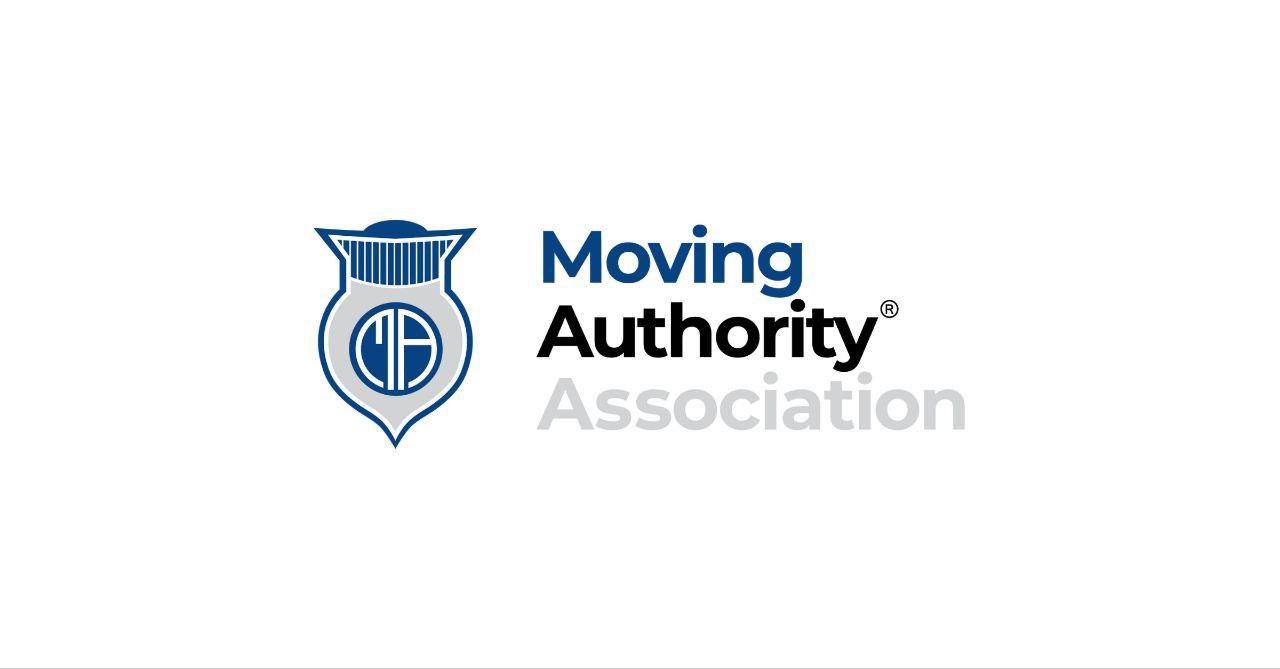

Broker Mover Package $2775
$ 2775.00 Only






Product Code: 32
Product Description











Product Code: 32



It contains everything that moving companies need within a single package. The package will position you to secure your Federal Broker Authority ASAP. Plus, Moving Authority will make sure that you do not experience any hassles. Leave the groundwork and paperwork to us. Our team will handle every detail on your behalf. As a result, you can begin full-scale moving operations within weeks. The sooner you take advantage of this package, the faster you could make more money.
For this to happen, our team will assist you in securing the following required criteria. These items are for brokers of household goods. 1. Proof of Insurance Coverage. 2. A Surety Bond that refers to Form BMC-84. Or, you will need a Trust Fund Agreement. This refers to Form BMC-85 for a $75,000.00 amount. 3. Form BOC-3. This form is sometimes known as the Designation of Process Agent Form.
That concept applies to the state where brokers compose contracts.Click on Movers Association Membership.
We start out by helping you complete an application for Broker Authority. This is when your organization gets provided with a pending MC number. The MC Number stays pending for at least eighteen to twenty-one days. This period’s known as the federal protest period.
But you will need two filings in place once the protest period concludes. Let’s go over both filings that we will assist you with:Click on Movers Association Membership.
1. A BMC-84 or BMC-85 form. US DOT Number Reactivation This a form that your company’s insurance company submits. Or, you can have a financial organization verify the surety bond/trust fund. The trust fund must have a coverage amount of $75,000.00. If you get confused about this filing process, do not hesitate to give us a call. But our mission is to take care of the process on your behalf. Please visit Get Company Ad 12 month State.
2. A BOC-3 form that refers to the Dot Authority Designation of Process Agents. This is an electronic filing that our team will help you take care of. The form will help ensure that you get designated as a process agent in good standing. The Moving Authority BOC-3 filing process is fast and state-of-the-art.
The key is for you to have an active MC number. But if you do not, the Moving Authority team can help you secure one. Click on Emergency service 1
If so, all you need to do is complete some brief, required information. You can then click Add to Cart. Before proceeding to Checkout, feel free to browse our website for other services. Local Contracts. You can add any service that your business needs into the Cart. Next, you can head over to Checkout and complete your registration information. Feel free to give Moving Authority a call if you have any questions. .Hotshot Authority
Plus, we will describe how the package will benefit your specific organization. We look forward to helping you set up a first-rate Broker Authority system. Click on Employee Packet
 (702) 333-2430
(702) 333-2430
Leave a review
Take a few minute to give your value review about our product